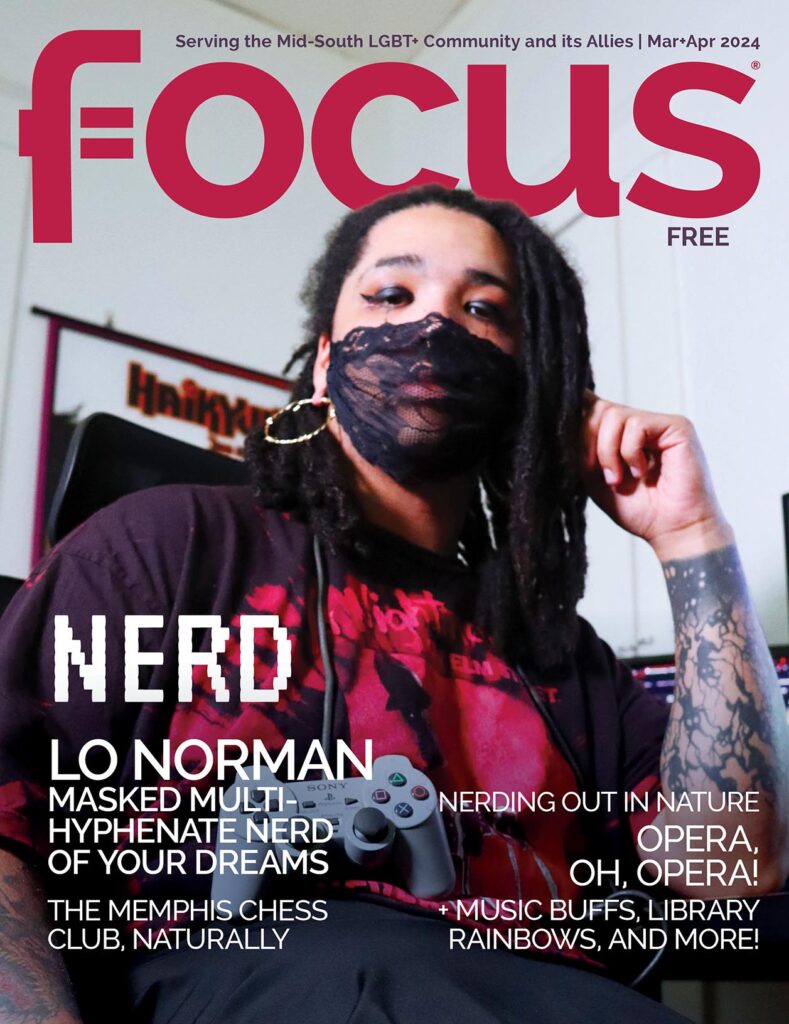by Allyssa Basso
There’s a belief amongst some in the LGBT+ community that it’s possible to not be “enough.” Not gay enough, out enough, proud enough. It leads to discrimination within the community, which seems counter-intuitive. The LGBT+ community offers a place where people can be themselves, but sometimes, others are dissatisfied if someone is not the version of themselves another member of the community expects them to be. This is evident in terms like “gold-star lesbian,” in the internal discrimination of the trans community, or in the racism people of color experience from other LGBT+ members. It’s difficult to feel, as a bisexual woman, that I am not “enough” for the rest of the community … even more so since I married my high school sweetheart last fall, who just happens to be a man. I have heard it all since the beginning of our relationship, from friends and family alike. And it has started to beg the question, “How can I maintain my queer identity while in a heterosexual relationship?”
It’s something that gnawed at me for a long time, and I started to feel like maybe that was a part of my life that I would have to relinquish. I didn’t want to be mistaken as an onlooker, just another cishet (cisgender heterosexual) female who gawked at gay bars and had my bachelorette party at drag shows. I didn’t want to lie about the love I shared with my husband. I felt caught between the person I really was and the person I thought I was supposed to be because of the community’s ideals. I did my best to frequent queer spaces and gatherings to reconnect but felt shameful discussing my relationship in them. This was such an oddity for me. This place that was supposed to be accepting and kind suddenly felt harrowing. I felt as though I could no longer speak on issues facing the community because I was out of the loop; that I didn’t have the authority to speak on discrimination anymore, although I myself had felt it.
It took me a while to realize the only wedge that was forming between the community and me had everything to do with me and nothing to do with anyone else. I was the one who began avoiding gatherings with my peers. I was the one who stopped saying I was queer when someone asked my identity. Were there people who argued against my right to my sexuality? Absolutely. But they were few and far between. It is awful to think I had allowed the minority to speak louder than the majority and push me into this corner where I was completely unfulfilled. There was nothing that had happened to me to invalidate my experiences as a queer woman. I was still me, and that meant that I was still bisexual and proud of it. I was allowed to continue verifying my identity and I didn’t have to answer to anyone about it. I felt similar to how I felt when I first came out. For the first time since I started dating my husband, I felt unapologetic about my identity. Even though the problem was coming from my peers this time, I knew that I could and would continue to be strong, independent, and unapologetically queer.
I reintroduced myself to queer spaces nearby. Being from Chicago, I didn’t have Boystown anymore, but I did have Nashville when I was feeling up to it, and local spots when I wasn’t. I started reading more about LGBT+ issues. Although I could live my day to day life in passing, I wanted to be able to form opinions and be knowledgeable about things that were affecting my community.
It would have changed the last five years of my life to have someone tell me that there was no right way to be LGBT+. My identity as bisexual was not stolen from me because I married a man or dated a man. I loved someone for who they were. And that’s what our community is supposed to embody. Whomever you are, and however you choose to depict it — as long as it feels right to you — that is the right way to be LGBT+. The way that makes you feel empowered. The way that makes you feel free.
The way that makes you feel like yourself again.


